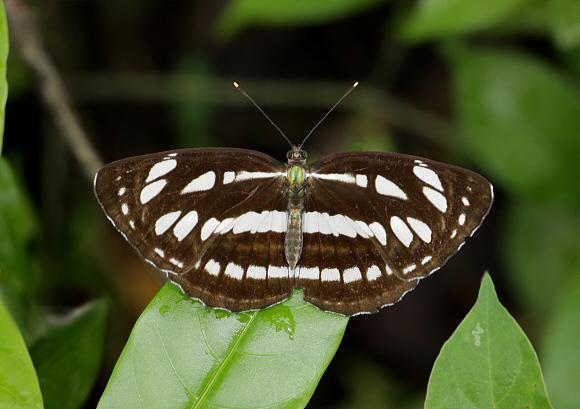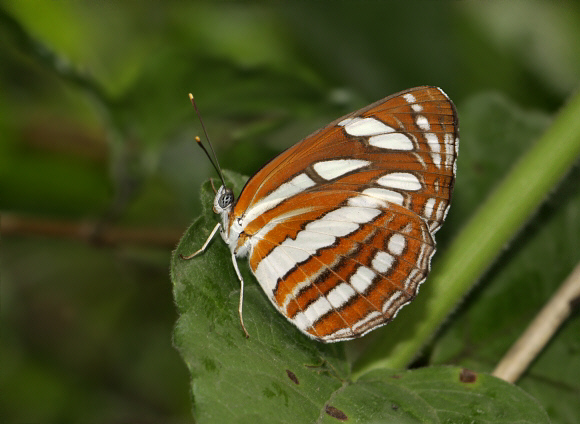
Introduction
The Sailors, or Gliders as they are sometimes called, are all members of the genus Neptis – a large and confusing group of butterflies found across much of the world, excluding the Americas. They are noted for their characteristic sailing flight, and their shared theme of white spots and bars on a black background. They are closely allied to Pantoporia, in which the white markings are replaced by orange; and to Athyma which look like Neptis but have more triangular forewings.
There are about 170 Neptis species of which at least 65 occur in Africa, 40 in the Palaearctic region, 6 in Australia / New Guinea and 50 in the Oriental region. About 24 species are found in India. Many of the species are very similar in marking. Distingushing between them involves careful study of the configuration of the white spots, bars and submarginal lines on both wing surfaces.
Neptis sappho is a common and very widespread species found from central Europe to Siberia and Japan. In India it is restricted to the foothills of the Himalayas.

Habitats
This butterfly inhabits rainforest and temperate deciduous woodland where it flies in sunlit glades. In India it is found at elevations between about 300-1200m.
Lifecycle
The pale globular egg is covered with a network of hexagonal ridges, from which arise tiny spikes, and is reminiscent of a sea urchin. The caterpillar spends it’s early instars hiding in a curled up dead leaf from which it periodically emerges to feed. The larval foodplants include Lathyrus and Lespdeza ( Fabaceae ). The chrysalis resembles a withered leaf and is be suspended by the cremaster from a leaf or stem.
Adult behaviour
Like all Neptis species, this butterfly is best appreciated when on the wing, as it sails gently, riding on thermals, with periods of gliding punctuated by occasional sharp wing beats. It flies with great precision, weaving its way in and out through the foliage and branches.
Both sexes periodically alight to bask on the foliage of trees and bushes. Males sometimes imbibe moisture from damp ground, but like the females they are more often seen nectaring at flowers.
